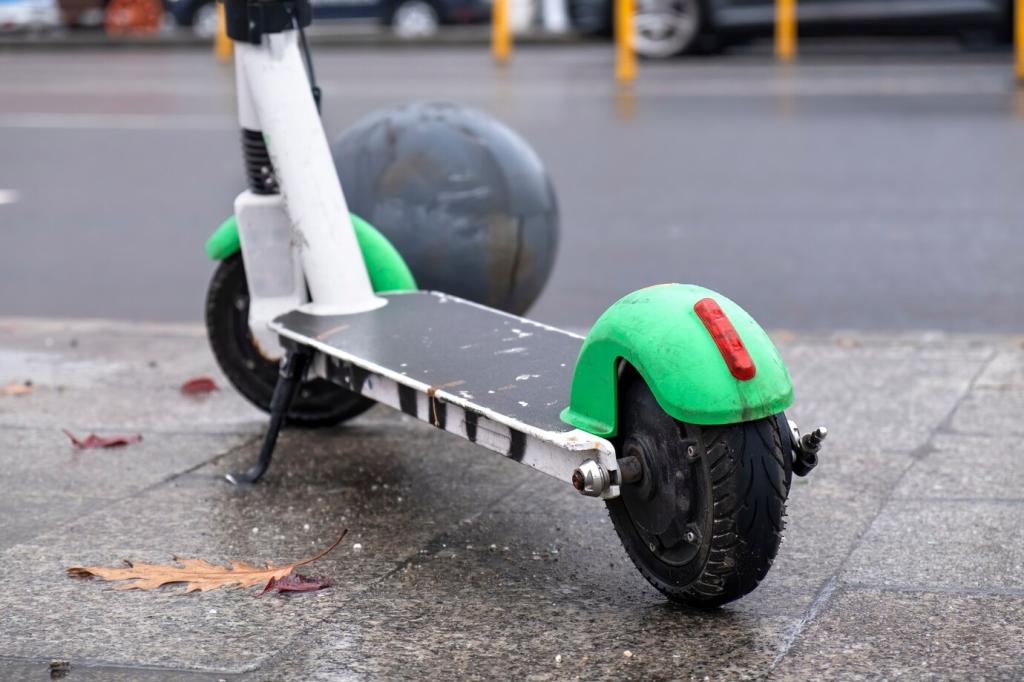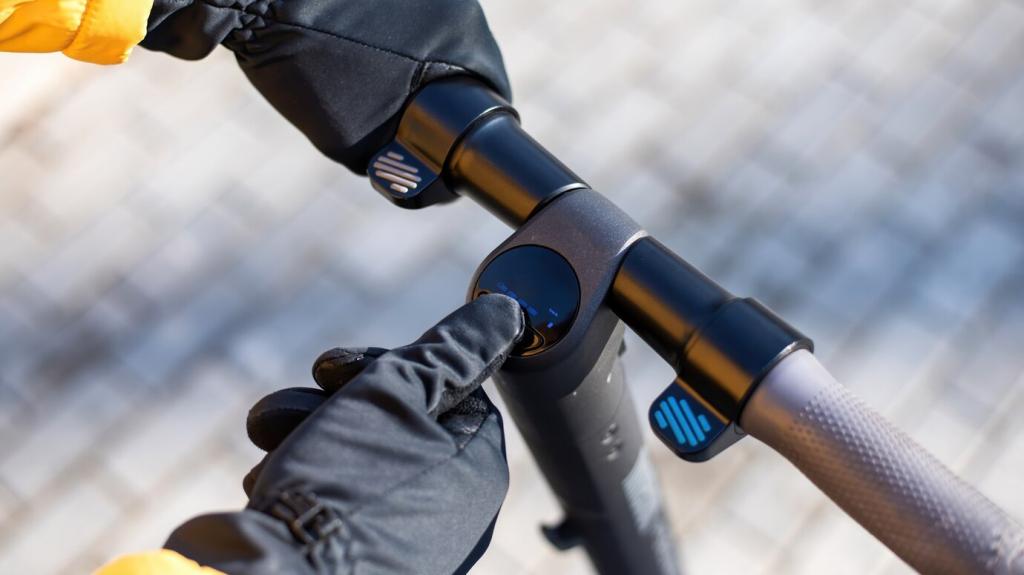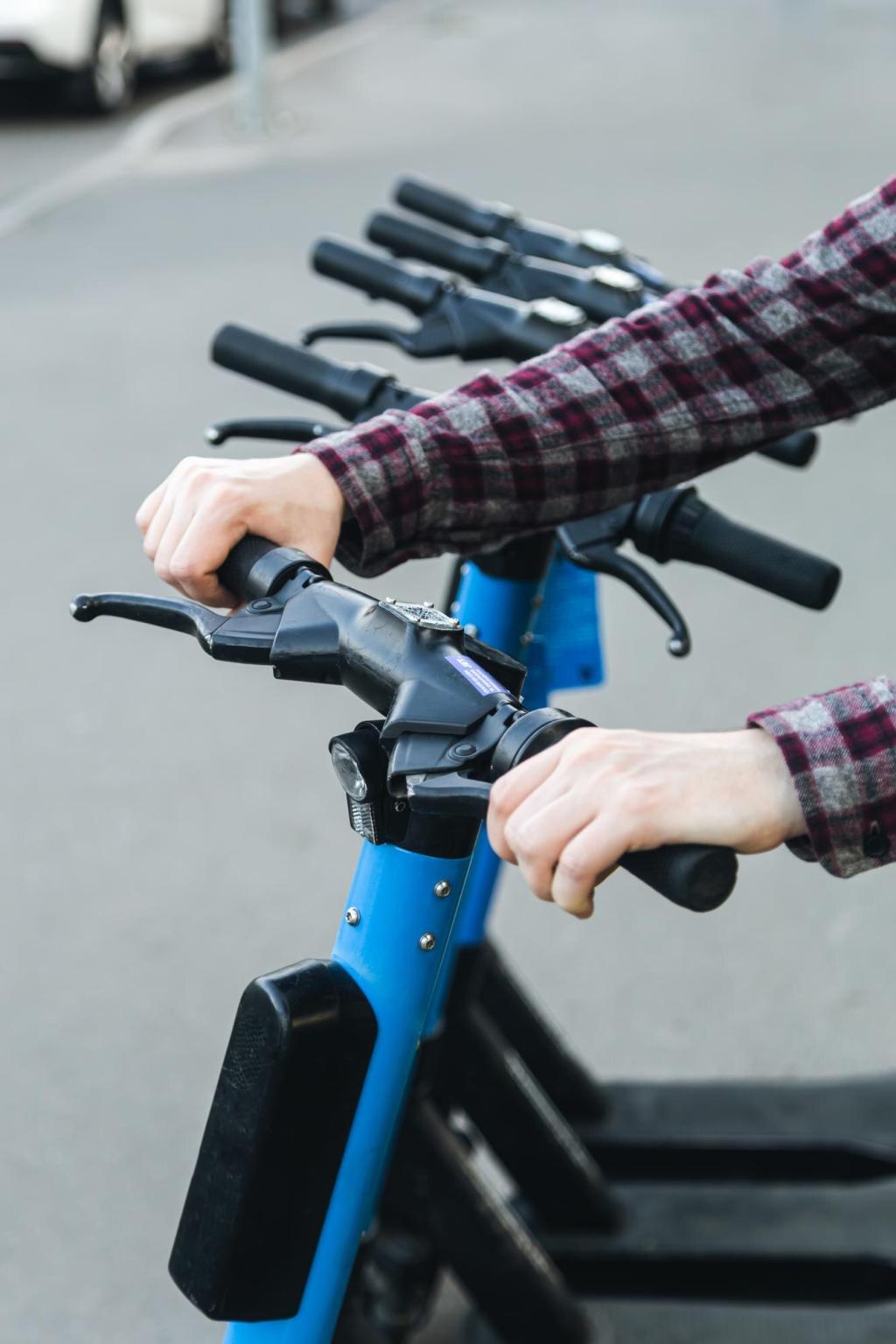Natural Fiber Composites and Bio‑Resins
A bamboo core sandwich with flax fiber skins offers excellent vibration damping and a friendly ride feel. Last spring, we built a commuter deck like this; after months of rain and curb drops, it still looked fresh, with only a few scuffs. Seal edges well and allow drainage, and durability soars.
Natural Fiber Composites and Bio‑Resins
Partially bio‑based epoxies reduce fossil content while keeping strength reasonable, but manage heat deflection carefully. For recyclability, explore thermoplastic flax or hemp laminates that can be remelted or reformed. Match fiber orientation to expected loads, and test impact performance where kickstands and curbs strike hardest.





